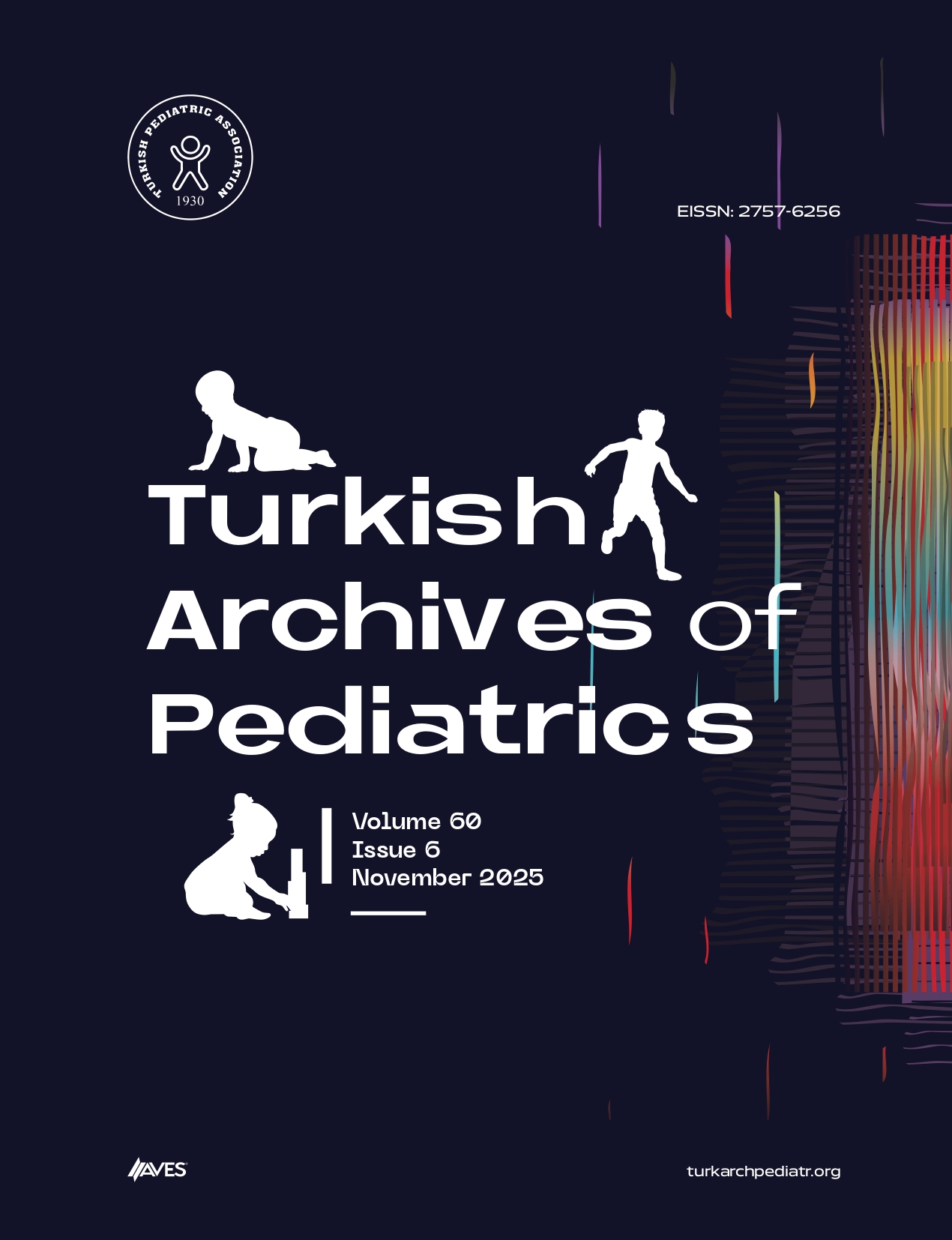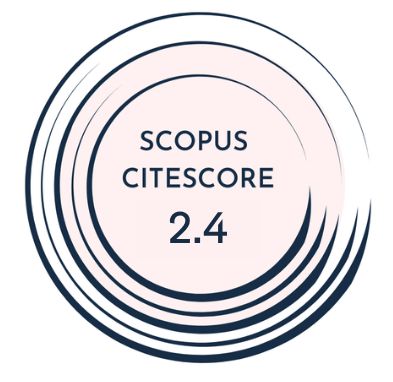Objective: The Movement Imagery Questionnaire for Children (MIQ-C) was developed as a
tool to evaluate children’s imagery capabilities. It comprises 3 subcomponents: internal visual
imagery, external visual imagery, and kinesthetic imagery. This study aimed to cross-culturally
adapt the MIQ-C to Turkish.
Materials and Methods: A total of 120 healthy children (mean age 9.43 ± 1.66 years; 67 males
and 53 females) were enrolled. The structure of the questionnaire was confirmed by the use
of both construct and criterion validity. The questionnaire was administered to the children at
intervals of 1 week to assess internal consistency and test-retest reliability.
Results: The confirmatory factor analysis validated the 3-factor construct of the MIQ-C, and
the model showed a satisfactory fit to the data set. The internal consistency of the Turkish
MIQ-C (Cronbach’s α coefficient =0.94) and the intraclass coefficient (ICC) reliability (ICC values ranging from 0.93 to 0.96) were found to be excellent.
Conclusion: The present findings suggest that the Turkish version of the MIQ-C is a valid and
reliable instrument for the assessment of imagery ability in Turkish-speaking children.
Cite this article as: Şengün N, Dilek B, Ankaralı H, Kuru ÇA. Psychometric properties of the Turkish version of the Movement Imagery Questionnaire for Children (MIQ-C). Turk Arch Pediatr. 2025;60(3):326-333.



.png)

